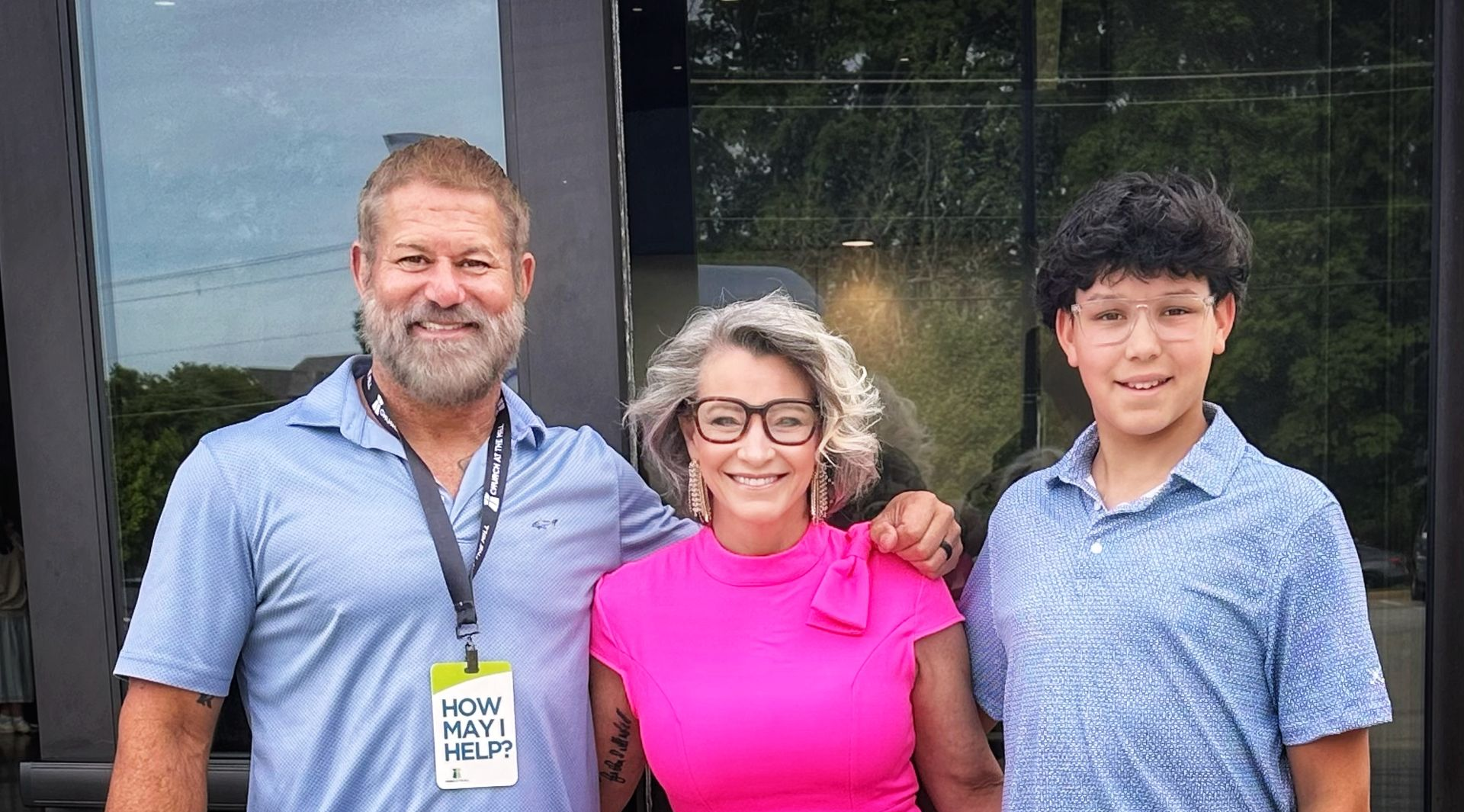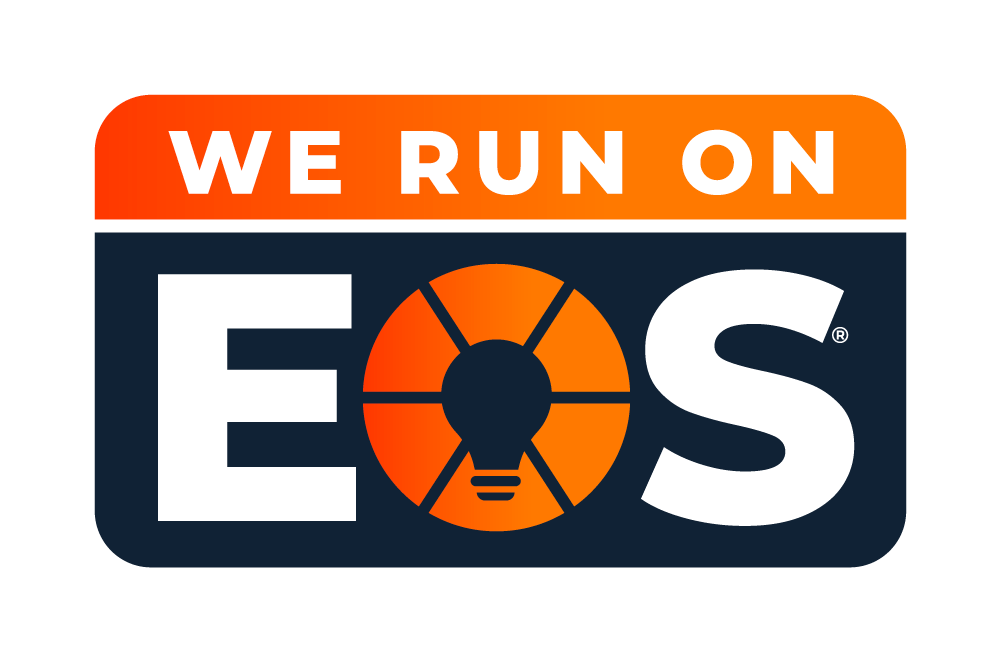GAP Insurance
GAP Insurance
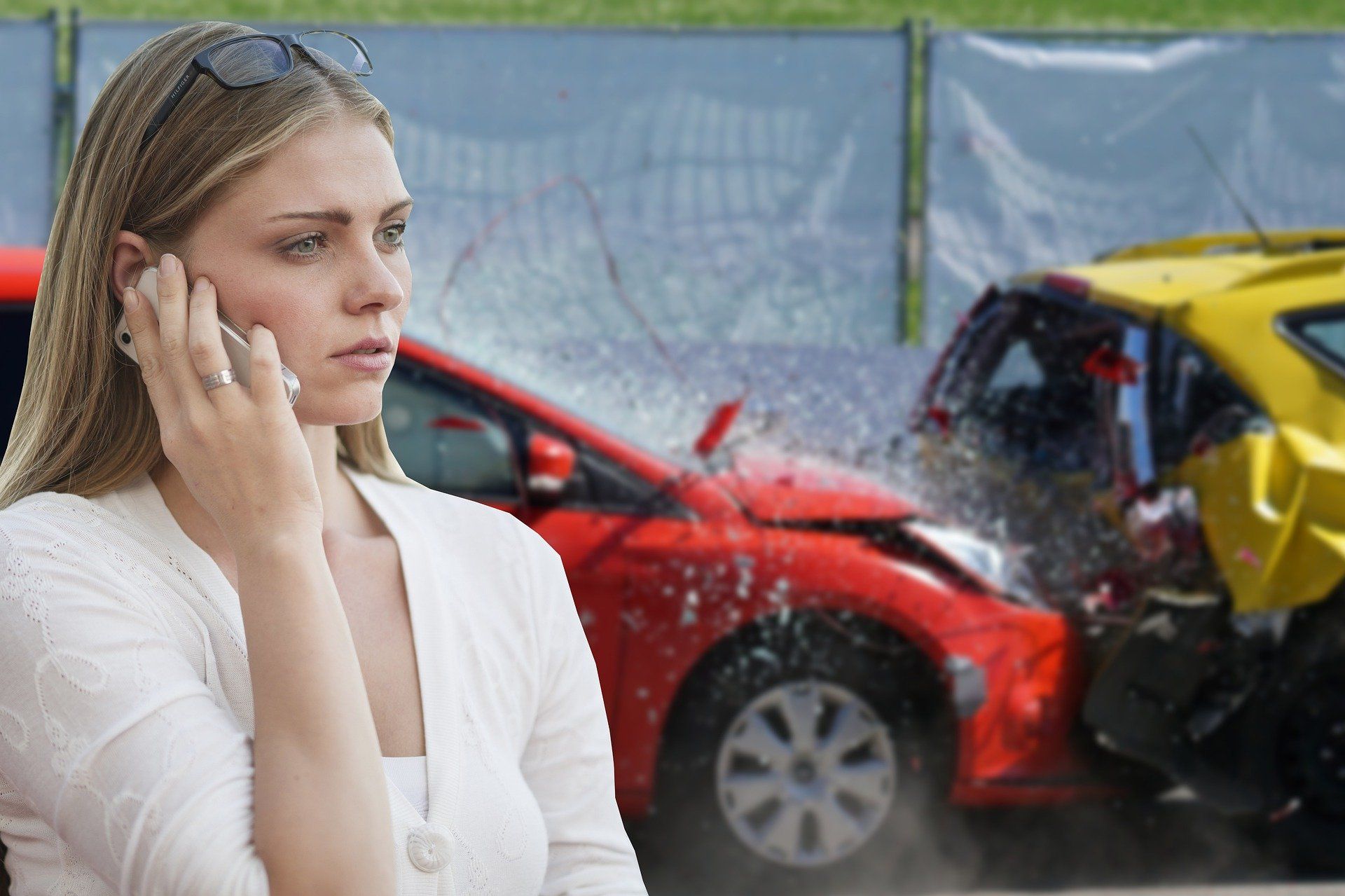
A standard auto policy covers the actual cash value (ACV) of the vehicle at the time of a claim. If your car is totaled or stolen, Gap insurance is optional car insurance coverage that will pay the difference in what you owe on your vehicle loan and the actual cash value.
In the event there is a covered claim, your insurance company will help pay for the totaled or stolen vehicle up to its depreciated value. What if that amount doesn’t equal what you owe on the loan? Or in other words, you owe more than the vehicle is worth? This is where Gap insurance coverage comes into play. The difference in the amount you owe on the loan and the amount you received from insurance company is the “gap.”
For example, let’s say you buy a new car for $25,000. At the time of your claim, you still owe $20,000 on your loan but your car is now worth $18,000. Rather than coming out of pocket for $2000, Gap insurance will cover that amount.
According to the Insurance Information Institute (III), when you drive a brand-new vehicle off the lot, its value immediately decreases. And, most vehicles' value depreciates about 20 percent in the first year of ownership.
For example, let’s say you buy a new car for $25,000. At the time of your claim, you still owe $20,000 on your loan but your car is now worth $18,000. Rather than coming out of pocket for $2000, Gap insurance will cover that amount.
According to the Insurance Information Institute (III), when you drive a brand-new vehicle off the lot, its value immediately decreases. And, most vehicles' value depreciates about 20 percent in the first year of ownership.
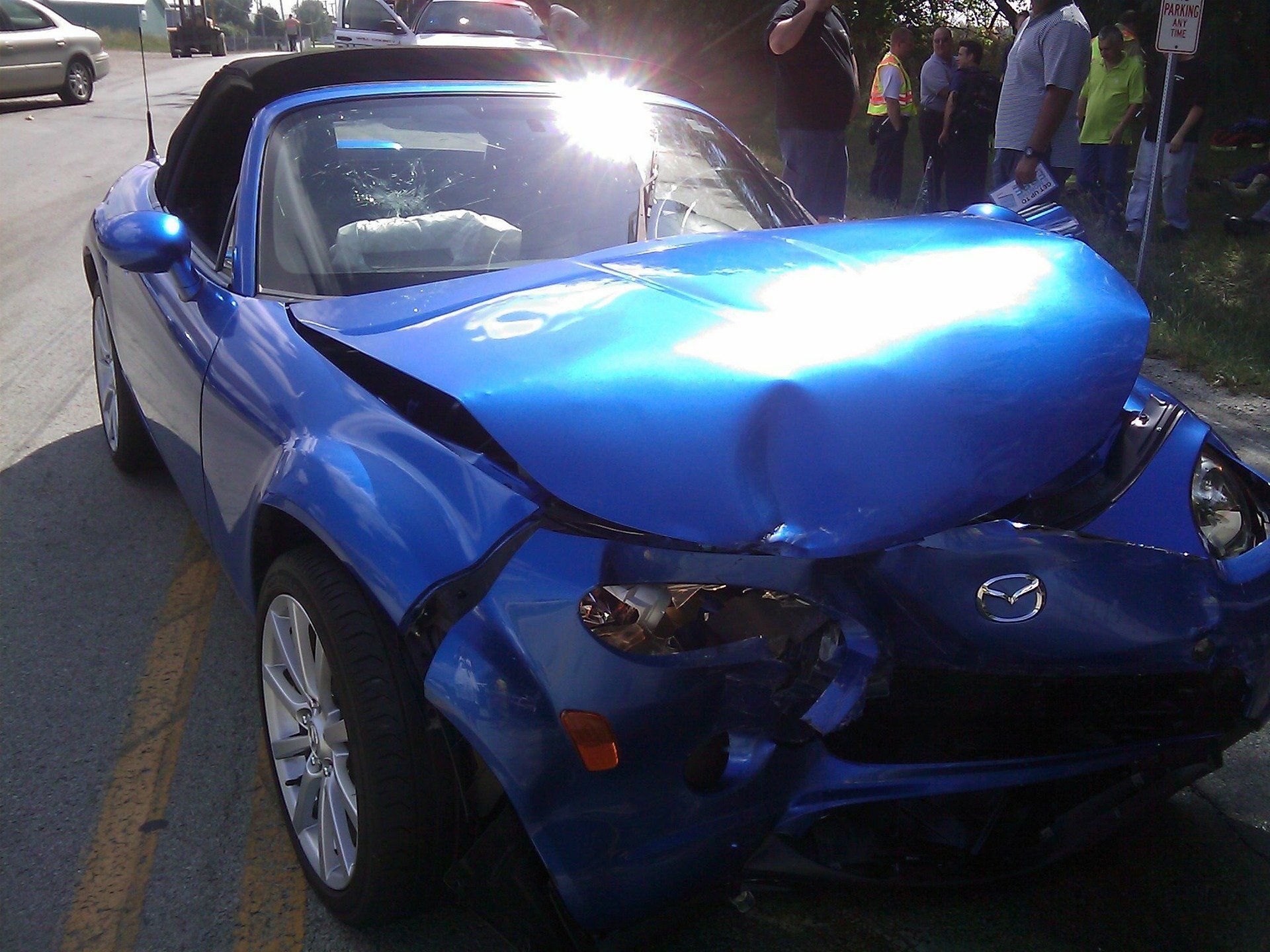
According to the III, you may want to consider gap insurance in the following situations:
- If you made less than a 20 percent down payment on your vehicle
- If your financing term is 60 months or longer
- If you're leasing a vehicle. If you're leasing a new vehicle, the III notes that many lease contracts include gap coverage. Check yours to see whether you have coverage.
- Purchased a vehicle that depreciates faster than the average
- Rolled over negative equity from an old car loan into the new loan
Car dealerships often offer Gap insurance, but it should be noted that it is probably wiser to go through your broker or auto insurance company for better rates.
Wondering if Gap insurance is right for you?
Contact your Advisor today to discuss your options.
Share this Post
More Blogs from the Advisors Team
More Posts
